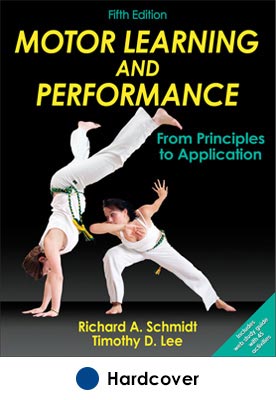Here's my suggestion for putting practice, given my (inexpert) understanding of the neurology. But first, an explanation.
Blocked practice is good for making changes - you have the whole motor control program in short term memory, so if you're working on something specific you can just tell the body "same as before, but reach back a bit slower" or whatever technical change you want to make.
Random practice forces you to store the motor control program in longer term memory, since your short term memory is going to be filled with a different throw, and then retrieve it again when needed for a similar putt.
This has two useful effects. One is that a regularly-recalled memory gets stronger. We learn things not just by repeating the action, but by repeating the whole process of remembering how to do the action and then doing it. And the second effect is that you'll get more efficient at storing and retrieving the memory - and you'll learn which bits are important and which bits not important. Your brain is very good at finding shortcuts, so if there's a way to create a zip-file version rather than remember the whole thing each time, the brain will eventually do it.
And the way it does it is by breaking the action down into chunks. If your putt has consistent features that you always do, then that really only needs to be stored once - which means you only have to store-and-recall the things that are actually different each time. That's certainly how a computer programmer would do it - basic subroutines that are shared by all the different throws, and then the minimum amount of additional info to differentiate each from another.
But creating the subroutines actually gives you more variety. Instead of lots of complete but separate motor programs, you have subroutines that can be combined in different ways - eg arm action 3 + leg action 2 + finger pop 4, or whatever. Even when you haven't practiced a particular weird putt, you've got a much better chance of mixing together an effective stroke if you have a good working knowledge of how the different parts of your stroke contribute to the whole.
So - my idea of practicing is:
If you throw a putt you like the feel of, do something else (lefty, or forehand, whatever) and THEN try to do it again. You need to get the motor program out of your working memory, by replacing it with some other action, and then see if you can successfully retrieve it.
If you throw a putt that feels all wrong, throw another one straight away - within a second or so - and make an adjustment. Use your unconscious brain to quickly make a change rather than trying to consciously work out what's different. And when you get it where you want it, immediately go back to random practice by doing some other action.
Most people do the opposite - they drill a bunch of putts quickly when they feel good, but they slow down and go through their whole routine when it isn't working so well, trying to work out what is missing.
Anyway, just my (long) thoughts.











